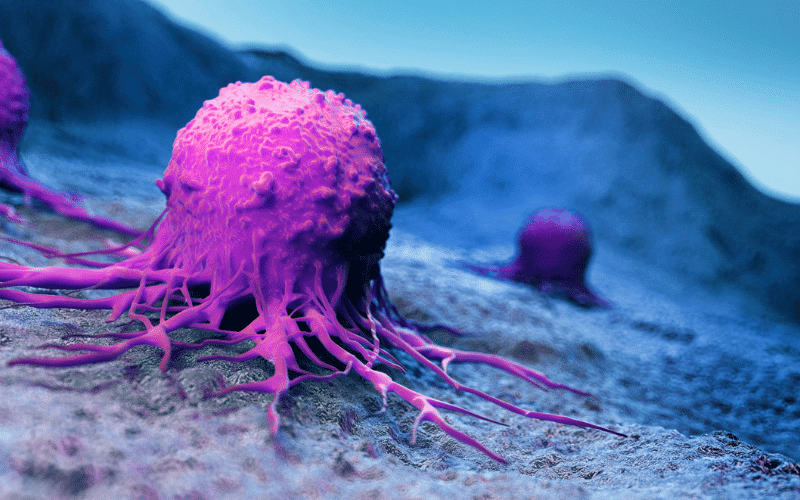Introduction: Recognizing the Indications of Cowden Syndrome
Cowden Syndrome is a complex and multifaceted condition, resulting from an autosomal dominant genetic mutation. As a condition that can greatly affect an individual’s overall quality of life, it’s vital to identify the signs early on. To aid in this, we’ll delve into the ten most commonly reported symptoms of this syndrome.
When it comes to health, knowledge is power. With the right information in your hands, you can take proactive steps towards securing your well-being. By acquainting yourself with the symptoms of Cowden Syndrome, you may help ensure early detection and prompt treatment. Early diagnosis can be a game-changer, opening doors to a wider range of management options and potentially better prognosis.
1. Multiple Hamartomas: A Telling Marker of Cowden Syndrome

One of the most frequent physical manifestations associated with Cowden Syndrome is the development of multiple hamartomas. A hamartoma is a benign, tumor-like growth that can occur virtually anywhere in the body. In individuals with Cowden Syndrome, these hamartomas can appear on the skin, mucous membranes, and various internal organs.
Although hamartomas are not cancerous, their presence can still result in substantial discomfort and other health complications. These growths can impact normal organ function, depending on their location and size. For instance, skin hamartomas might cause cosmetic concerns or physical discomfort, while those on internal organs can interfere with physiological processes.
As a symptom of Cowden Syndrome, hamartomas are often an early indicator. They can appear during childhood or adolescence, providing an early window of opportunity for diagnosis. It’s crucial to keep in mind, however, that not every individual with this condition will exhibit this symptom, and not everyone with hamartomas necessarily has Cowden Syndrome.
The identification and monitoring of hamartomas form a critical part of managing Cowden Syndrome. Medical professionals may use various diagnostic tools, including imaging and biopsy, to detect these growths. Regular check-ups and scans are often recommended for those diagnosed with or suspected of having this condition, aiming for early detection and management of potential health complications. (1)